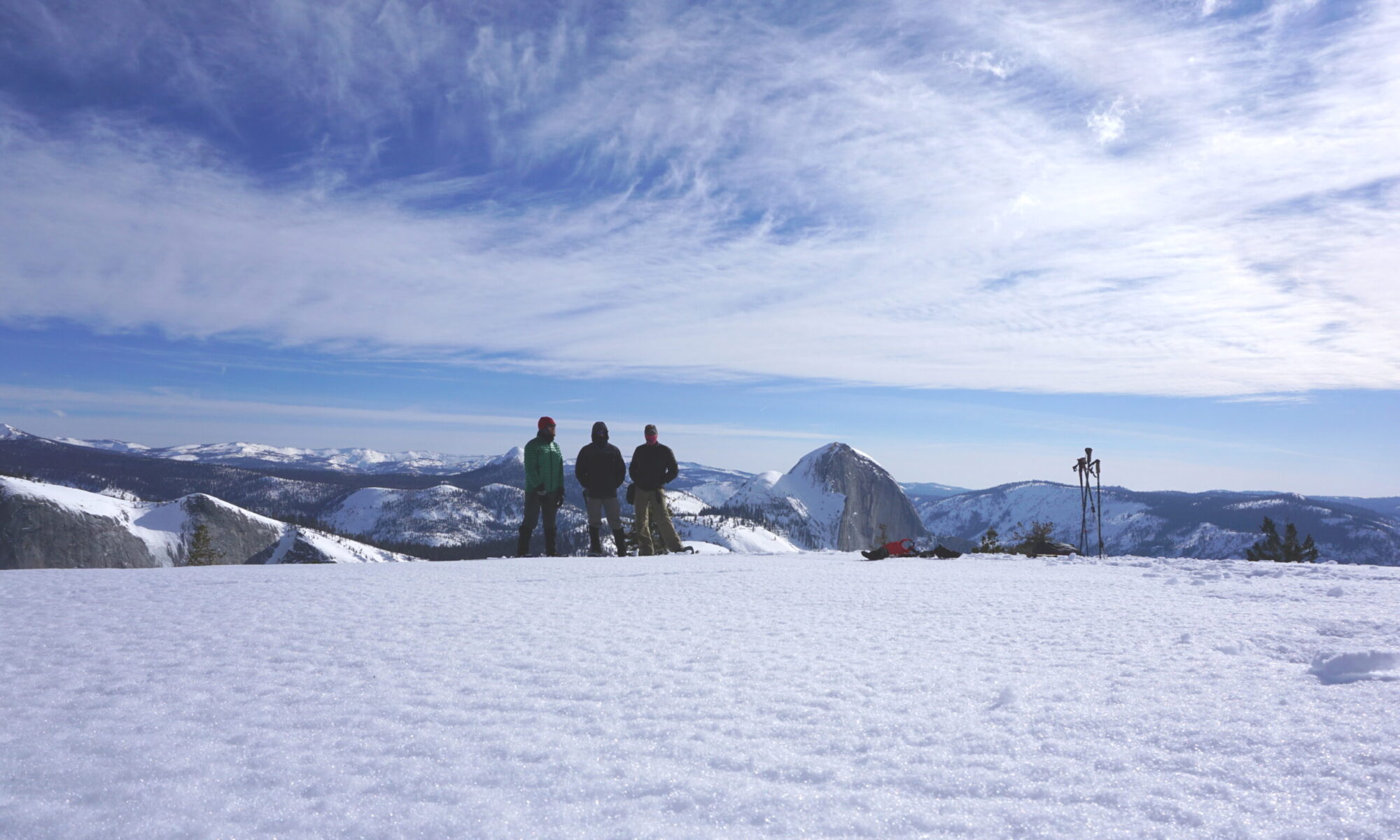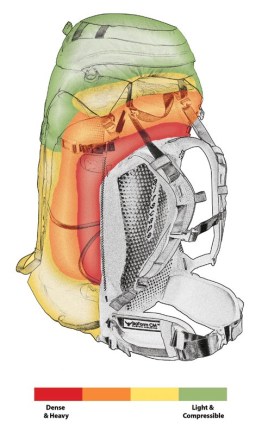What is Situational Awareness?
If you are around me enough you will hear me harp on situational awareness. So, what do I mean by this? Part of managing safety in the outdoors (or anywhere for that matter) is being constantly aware of the current conditions and changes in those conditions. I first learned about this in the military when training as a Navy SEAL. Based on the constant life threating nature of our business, developing a strong situational awareness mindset was paramount. Situational awareness can be defined as the perception of environmental elements and events with respect to time or space, the comprehension of their meaning, and the projection of their future status. Basically, it is the Sherlock Holmes trait. Now by no means do I expect people to run around the backcountry solving crimes but putting yourself in the mindset can be an invaluable tool and best of all this mindset can be learned.
How does this Apply to the Backcountry?
In backcountry navigation, experienced navigators both respect and are wary of using GPS device or app to navigate. It happens more than not that you see backpackers “heads down” following their tiny screens unaware of their surroundings. When you are trying to find your way in the wilderness and you simply follow the GPS device, you end up ignoring the visual cues from the terrain around you and “situational awareness” as well as safety is diminished. To combat this, let us look at a situational awareness strategy that you can follow while navigating in the backcountry that I found in the book “Mountaineering – The Freedom of the Hills” by the Mountaineers.
-
- Observe – Start by observing your surroundings and updating your mental map of the landscape. Where have you come from? Where are you now? Where are you going? What are the dangers?
- Orient – Correlate the surroundings with the physical map to see if they are in agreement. Study myriad details, including slope, sun position, ridges, and terrain features. Then confirm your understanding using multiple tools from the navigation toolset. Confirm the elevation with an altimeter, the cardinal directions with the compass, and your position with GPS.
- Decide – Where do you go from here? Decide on your next steps.
- Act – Hike on! And maintain your heightened sense of situational awareness by repeating the Observe-Orient-Decide-Act cycle with close observation and by continually updating your mental map while moving through the landscape.
Maintaining your situational awareness goes far beyond its use in navigation but in all aspects of your backcountry experience to include the safety of yourself and your team most of all. If you are the team leader or the guide, your job is to constantly be situationally aware of the following:
-
- Weather – The current and pending weather.
- Time – The time of day and how many hours of daylight are remaining.
- Distance – The remaining distance to your destination.
- Landscape – Where you are on the map, the type of terrain, your environment, and your elevation.
- Team – How many people are with you and their current location.
- Emergency – How to contact help, where to find help, best possible evacuation route.
- Resources – Current status of equipment, food, people, etc.
- Condition – The current condition of yourself and everyone else on your team regarding their health, warmth, energy level, attitude, physical condition, etc.
By doing this you are maintaining a high level of situational awareness, which in turn, will help keep you on track and your team safe, thus giving everyone the chance to have an enjoyable experience.
How to Improve your Situational Awareness?
Situational awareness is a skill and like any other skill you can train yourself to improve on it. But there lies the trick, you must train at it. Here are 10 generic ways to practice expanding your alertness, not only in the backcountry, but in your everyday life as well:
-
- Learn to Predict Events – The most effective aspect of Situational Awareness involves the ability to project the future actions of elements around you. After you have been able to identify elements in your environment and can comprehend the situation, it is time to take your Situational Awareness one step further. Use this information to think ahead and determine how it will affect future actions and events in the environment.
- Identify Elements Around You – The first step in achieving Situational Awareness is to become aware of the important elements in your environment. Start by noticing the threats to safety that surround you. Then expand your awareness to other non-threatening elements such as navigational cues. This is the most basic level of Situational Awareness where you begin to monitor, detect, and recognize multiple situational elements. These include objects, events, people, and environmental factors. Basic Situational Awareness also requires you to notice the locations, conditions, and actions of the elements around you. This may sound overwhelming, but do not worry. These are skills you already use on a daily basis. The first step is designed to help you expand and improve your perception of what is happening around you.
- Trust Your Feelings – Disorder within your family or a gut feeling that things are not right can cause you to lose proper situational awareness. This clue is one of the most reliable because the body can detect stimulus long before we have consciously put it all together.
- Limit Situational Overload – Overload causes distraction, increased errors, and high stress. Prioritizing and delegating tasks and minimizing surrounding distractions can improve survival during times of overload.
- Avoid Complacency – Assuming everything is under control will affect your vigilance. You must actively keep yourself in the right mindset. When things are slow, or tasks are routine complacency usually occurs. The worst part is the slow creep of complacency is hardly ever noticed except in hindsight. Continue to challenge yourself and those with you to be prepared for contingencies. Do a mental check every now and then.
- Be Aware of Time – Time is an important factor in mastering Situational Awareness. The pace of your environment is constantly being changed by the actions of individuals, task characteristics, and outside elements. When unplanned events begin to arise, be sure to make the necessary changes to your schedule and goals to help you survive.
- Begin to Evaluate and Understand Situations – The next step in involves understanding multiple elements through the processes of environmental pattern recognition, subtle landscape changes, interpretation, and evaluation. Use this information to determine how it will affect your goals or your safety. This will help you build a comprehensive picture of your immediate surroundings and a better understanding of Situational Awareness.
- Actively Prevent Fatigue – Fatigue affects your ability to watch for possible danger or difficulties. Try adjusting your work routine and imposing sleep discipline to prevent wake cycles longer than 18 hours. Make sure you get at least 5 and preferably 8 hours per day of sound sleep to minimize sleep deprivation.
- Continually Assess the Situation – When you are in the backcountry always be prepared for changes around you. Continually assess and reassess the situation to determine if you are giving yourself the best possible chance for success. Learn what nature, the land, and new tasks are telling you, before you find yourself in a difficult situation.
- Monitor Performance of Others – Be alert for changes in the performance of those around you caused by physical overload, stress, and mistakes. When changes are needed, take action by speaking up and helping out. A weak link in your team could be the difference between success or failure in the backcountry.













